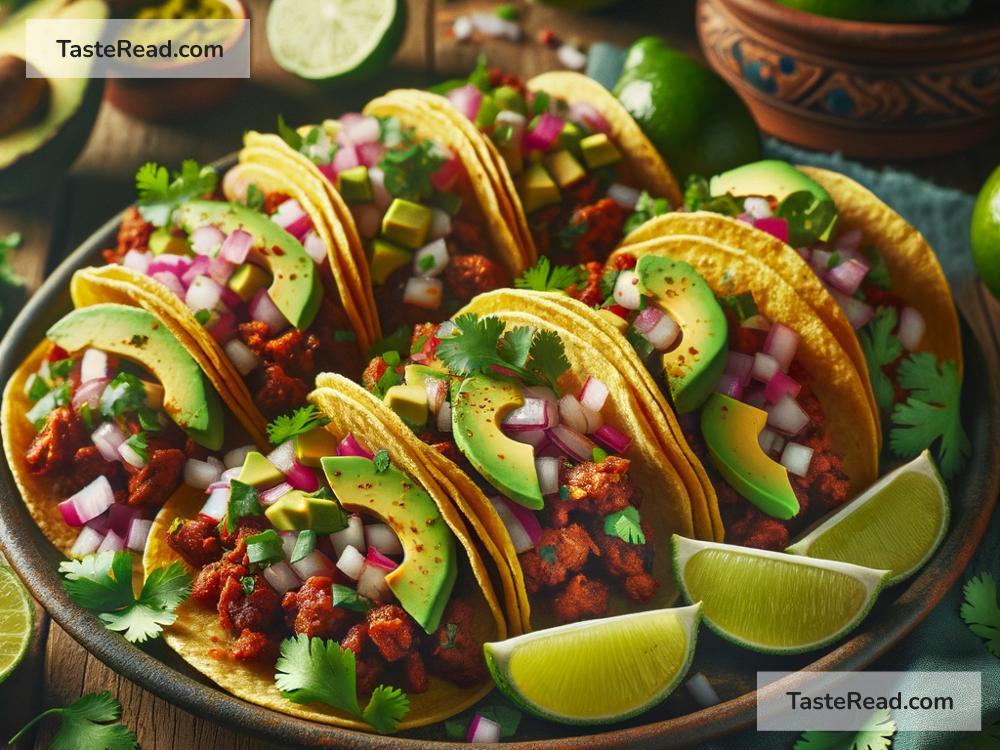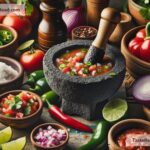The Story of the Mexican Tacos: A Journey Through Time
Tacos are one of the most popular foods in the world, loved for their flavorful fillings, soft tortillas, and simple yet satisfying taste. But where did tacos come from, and how did they become the beloved dish we know today? Let’s dive into the fascinating story of Mexican tacos—one of Mexico’s most iconic culinary treasures.
What is a Taco?
A taco is a traditional Mexican dish consisting of a tortilla—usually made from corn or flour—that is folded or rolled around a filling. While tacos can contain a wide variety of ingredients like meat, cheese, beans, vegetables, or salsa, their beauty lies in their simplicity. Each bite is packed with flavor, and they’re incredibly versatile. Tacos can be a quick snack, a hearty meal, or even gourmet cuisine!
How Did Tacos Begin?
The history of tacos dates back hundreds of years, long before Mexico became the country we know today. The roots of tacos are tied to the indigenous peoples of Mesoamerica, who cultivated corn as a staple crop. Corn was not just food; it was life. The indigenous groups used ground corn to make masa (corn dough), which was then flattened into tortillas. Tortillas were a convenient way to eat food, even when on the move.
The word “taco” comes from the Nahuatl language, spoken by the Aztecs and other indigenous groups in ancient Mexico. According to historical research, “taco” originally meant “plug” or “wad” and may have been used to describe how tortillas held food inside.
During the time of the Aztec Empire, people filled their tortillas with ingredients like beans, turkey, and chile peppers. They didn’t call it a “taco,” but the concept was certainly there—a tortilla as a vessel for delicious foods.
The Spanish Influence
In the 16th century, Spanish colonists arrived in Mexico and brought their own ingredients and cooking techniques. They introduced livestock like cows, pigs, and goats, as well as foods like cheese and wheat (used to make flour tortillas). This changed Mexican cuisine forever. Traditional indigenous flavors combined with Spanish ingredients to create new dishes, including the early versions of tacos.
The taco evolved over time, becoming more diverse as different regions of Mexico put their own twist on the dish. Northern Mexico, for example, became known for its flour tortilla tacos, while central and southern Mexico focused on corn tortillas.
Tacos and Mexican Culture
Tacos are more than just food—they are deeply connected to Mexican culture and history. They are part of everyday life and symbolize Mexico’s rich tradition of sharing meals with family and friends. Tacos are eaten at home, at local markets, and on the street. In fact, street tacos are incredibly popular and represent a vibrant piece of Mexico’s culinary heritage.
Mexico has a dazzling variety of regional tacos that highlight local ingredients and traditions. Here are a few famous types of tacos:
-
Tacos al Pastor: One of Mexico’s favorite tacos, al pastor (which means “shepherd-style”) often uses marinated pork cooked on a vertical spit, similar to shawarma. Its origins are influenced by Lebanese immigrants who came to Mexico in the 1920s.
-
Tacos de Carnitas: A specialty from the state of Michoacán, these tacos feature slow-cooked pork that is tender and flavorful.
-
Tacos de Barbacoa: Barbacoa, traditionally slow-cooked meat, often lamb or goat, is wrapped in maguey leaves and cooked underground. This dish is especially popular in central Mexico.
-
Tacos de Pescado: Fish tacos come from the coastal regions of Mexico, especially Baja California, where fresh seafood is an integral part of the cuisine.
-
Tacos de Canasta: Also called “basket tacos,” these tacos are pre-made and kept warm in baskets, making them perfect for street vendors and traveling workers.
How Did Tacos Spread Across the World?
Tacos began as humble food in Mexico, but today you can find them in nearly every corner of the world. The spread of tacos outside Mexico began in the United States during the early 20th century, especially after large numbers of Mexican immigrants moved there.
In the 1960s, fast-food chains like Taco Bell popularized tacos in the United States, though these versions often relied on Americanized ingredients like ground beef, cheddar cheese, and hard-shell tortillas—not traditional Mexican staples.
Still, authentic Mexican tacos have gained global recognition over the years. Restaurants and food trucks around the world now celebrate the diversity of taco culture, serving everything from traditional Mexican recipes to creative fusion variations.
Why Do People Love Tacos?
The global love for tacos comes down to their versatility, flavor, and connection to tradition. Tacos can be customized for every taste, whether you prefer spicy salsa, creamy guacamole, or fresh lime juice. They’re also easy to eat and perfect on the go.
More importantly, tacos tell a story—the story of Mexico’s history, its people, and its culinary creativity. Eating a taco is not just about satisfying hunger; it’s about enjoying a dish that represents centuries of culture and tradition.
Conclusion
The story of Mexican tacos is a story of innovation, tradition, and cultural exchange. From the ancient Aztecs to modern-day taco stands, the humble tortilla has carried the flavors of Mexico to the world. So, the next time you enjoy a taco, remember that you’re tasting a little piece of history wrapped in a delicious tortilla. Now, isn’t that something to celebrate?


